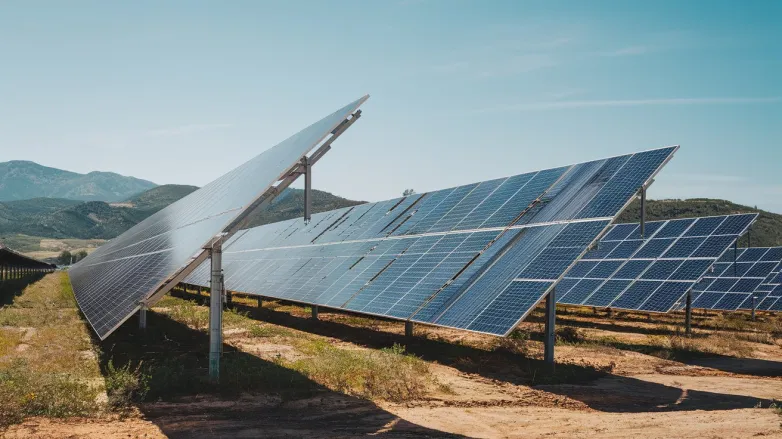Honduras commissions first state-owned solar farm, strengthening national grid reliability
- Honduras switched on the 50-MW Patuca solar plant—its first publicly owned array—adding daytime capacity that reduces diesel reliance and stabilises the grid.

Honduras has connected the 50-MW Patuca solar farm, the country’s first publicly owned plant, marking a milestone for a system long shaped by imported fuels and weather-sensitive hydro. Developed by state utility ENEE, the project adds a dependable block of daytime power that should reduce diesel burn, dampen price volatility, and improve service quality during hot-season peaks.
Patuca’s siting near existing infrastructure kept the interconnection straightforward, and the design follows modern utility PV practice: single-axis trackers, high-efficiency modules, and plant-level controls tuned to provide voltage support, ride-through, and rapid curtailment when required. While Patuca is solar-only at launch, ENEE has preserved the option to add a battery later—an increasingly common step to shift afternoon output into the early evening and to deliver fast frequency response.
The public-ownership model brings specific advantages. A sovereign balance sheet can access concessional funding or multilateral support, lowering overall cost of capital. It also allows the utility to anchor grid services that private projects might not prioritise, such as black-start capabilities or targeted dispatch to support weak nodes. For consumers, that can translate into fewer outages and more predictable bills as network losses fall and expensive peaker runs diminish.
Local benefits extend beyond electrons. Construction brought jobs and procurement to the region; long-term O&M creates skilled positions in electrical and civil trades. Environmental measures—managed groundcover, drainage controls, and habitat buffers—are built into the operating plan, with decommissioning provisions to restore the site at end of life.
Patuca won’t solve every challenge in a rapidly growing system, but it is a tangible step toward a more resilient, cleaner generation mix. The next moves are clear: pursue co-located storage, continue reinforcing substations, and replicate the template where the grid can absorb daytime power most efficiently. With its first state-owned solar array now delivering, Honduras has signaled that public investment can accelerate the transition while keeping reliability front and center.
Also read


